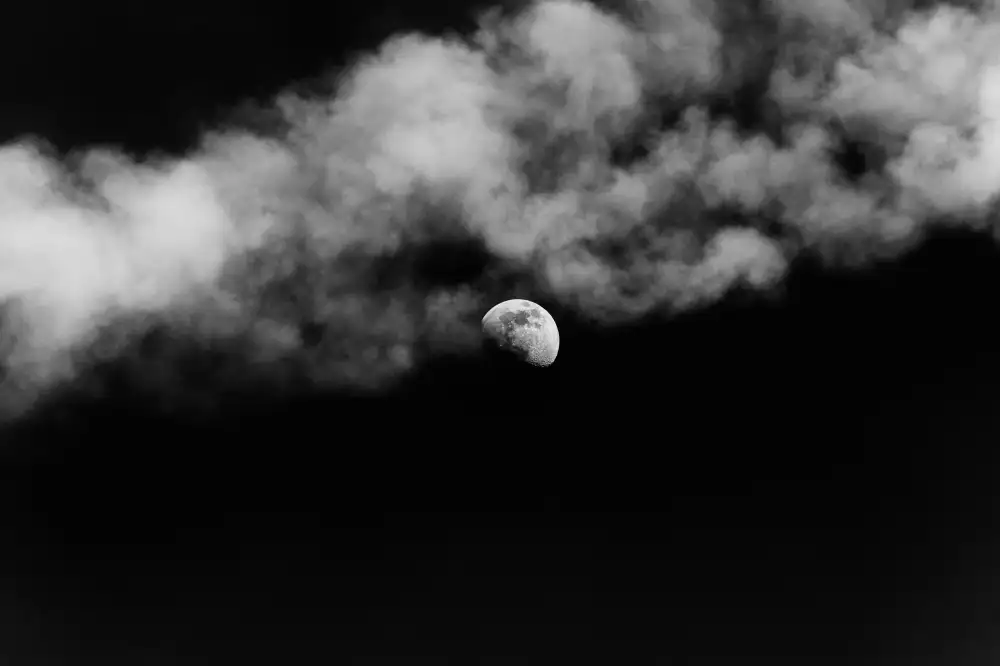The Full Moon and Migraines: Unraveling the Potential Connection for Optimal Health

The potential connection between the full moon and migraines has long been a topic of interest and debate. For individuals who suffer from migraines, understanding this relationship could hold the key to managing their condition more effectively. Migraines can be debilitating, causing severe headaches, nausea, and sensitivity to light and sound. They affect approximately 12% of the global population, significantly impacting daily life and productivity. Exploring the possible influence of the lunar cycle on migraines is crucial for optimizing health outcomes in those affected by this condition.
Understanding migraines
Migraines are a neurological disorder characterized by recurring headaches that can be moderate to severe in intensity. Common symptoms include throbbing pain, sensitivity to light and sound, nausea, and sometimes visual disturbances. According to the World Health Organization, migraines affect approximately 1 in 7 people worldwide, making them one of the most prevalent neurological conditions. Migraines can significantly impact individuals' daily lives, causing missed work or school days and affecting their overall quality of life. It is crucial to understand the nature of migraines to effectively manage and treat them.
The lunar cycle
The lunar cycle refers to the continuous orbit of the moon around the Earth, resulting in different phases of the moon. These phases include the new moon, first quarter, full moon, and last quarter. The full moon occurs when the moon is completely illuminated and appears as a bright circle in the night sky.
Throughout history, the full moon has been associated with various beliefs and superstitions. It has been linked to changes in behavior, sleep patterns, and even increased crime rates. While scientific evidence supporting these claims is limited, some studies suggest that certain biological processes may be influenced by lunar cycles.
During a full moon, there is an increase in ambient light at night, which can disrupt sleep patterns for some individuals. This disturbance in sleep can potentially trigger migraines or exacerbate existing symptoms. Additionally, changes in atmospheric pressure or electromagnetic fields during this phase may also impact brain activity and contribute to migraine attacks.
However, it is important to note that research on the specific connection between full moons and migraines is still inconclusive. Some studies have found no significant correlation between the two, while others have reported a slight increase in migraine frequency during this lunar phase.
To fully understand the potential link between full moons and migraines, more research is needed. Scientists are exploring various mechanisms that could explain this relationship, including hormonal fluctuations and neurotransmitter imbalances triggered by lunar cycles.
While personal anecdotes linking migraines to full moons are common, it is essential to differentiate between individual experiences and scientific evidence. Migraine sufferers should consult healthcare professionals for personalized advice on managing their condition during different lunar phases.
In conclusion, while there is ongoing speculation about the connection between full moons and migraines, concrete scientific evidence remains limited. Understanding individual triggers and implementing effective management strategies will ultimately be key for those seeking relief from migraines during any phase of the lunar cycle.
The link between full moon and migraines
Scientific research has been conducted to explore the potential connection between the full moon and migraines. Some studies suggest a correlation, while others refute it. A study published in the journal Headache found that there was a higher incidence of migraines during the full moon phase. However, another study published in Cephalalgia found no significant association between the lunar cycle and migraines. The conflicting results highlight the need for further research to establish a conclusive link between the full moon and migraines.
Potential mechanisms
Potential mechanisms that could explain the potential link between the full moon and migraines have been proposed. One theory suggests that increased atmospheric pressure during the full moon may trigger migraines in susceptible individuals. Another hypothesis is that electromagnetic changes associated with the lunar cycle could affect brain activity and potentially lead to migraines. Additionally, disruptions in sleep patterns, which are common during the full moon, may also play a role in triggering migraines. However, it is important to note that these theories are still speculative and require further research for conclusive evidence.
Personal experiences and anecdotes
Personal experiences and anecdotes play a significant role in the discussion surrounding the potential connection between the full moon and migraines. Many individuals claim to experience an increase in migraine symptoms during the full moon phase. While these personal accounts are valuable, it is important to note that they do not constitute scientific evidence. The subjective nature of personal experiences makes it difficult to draw definitive conclusions about the relationship between the full moon and migraines. Therefore, it is crucial to rely on scientific research and empirical data to gain a more comprehensive understanding of this potential connection.
Managing migraines during the full moon
Managing migraines during the full moon can be challenging, but there are strategies that may help alleviate symptoms. Firstly, maintaining a consistent sleep schedule is crucial as disruptions in sleep patterns can trigger migraines. Creating a calming bedtime routine and ensuring a dark and quiet sleeping environment can promote better sleep quality. Additionally, managing stress levels through relaxation techniques like deep breathing exercises or meditation may help reduce the frequency and intensity of migraines. It's also important to stay hydrated, eat regular meals, and avoid triggers such as certain foods or bright lights. Consulting with healthcare professionals for personalized advice and treatment options is highly recommended for effective migraine management during the full moon.
In conclusion, while there is ongoing research exploring the potential connection between the full moon and migraines, a conclusive link has yet to be established. It is important for individuals suffering from migraines to consult healthcare professionals for personalized advice and treatment options. Lifestyle modifications, such as maintaining a consistent sleep schedule and managing stress levels, may help manage migraines during the full moon. Further research is needed to fully understand this potential relationship and its implications for optimal health.
Published: 11. 02. 2024
Category: Food



